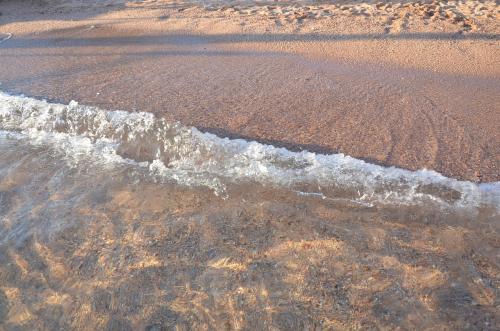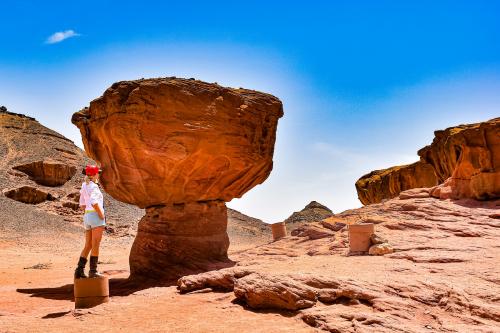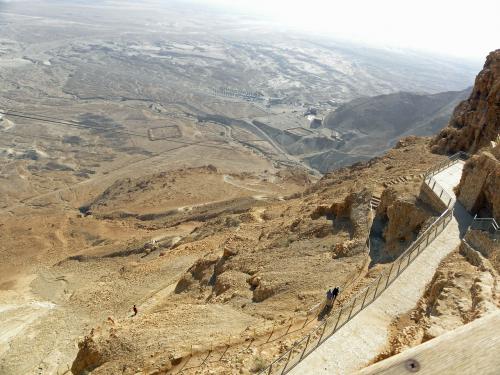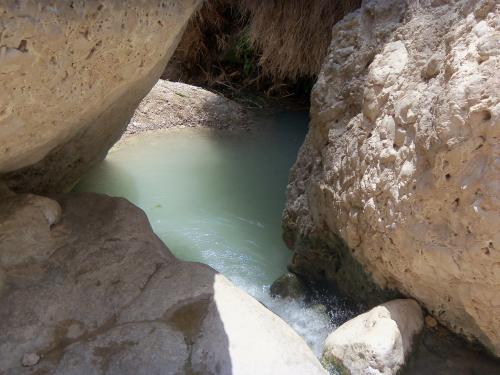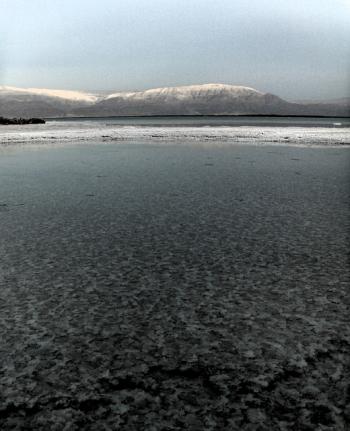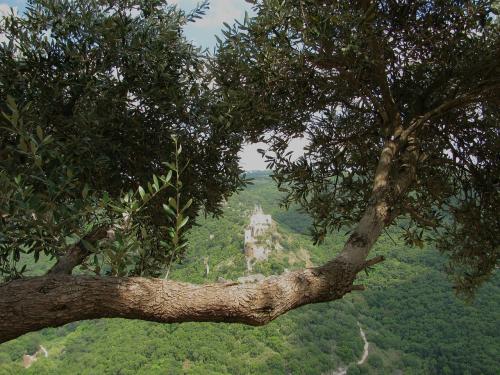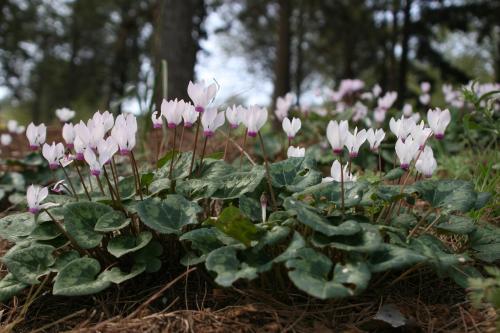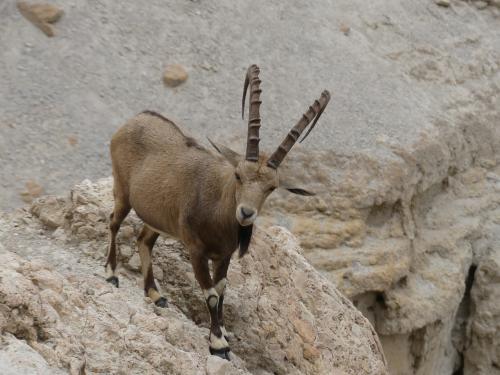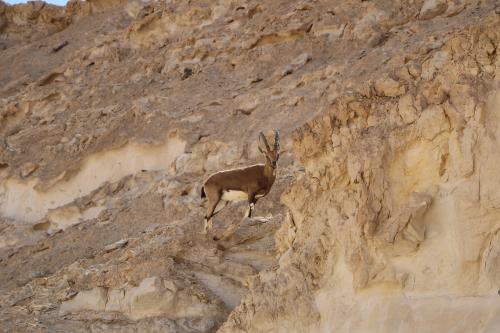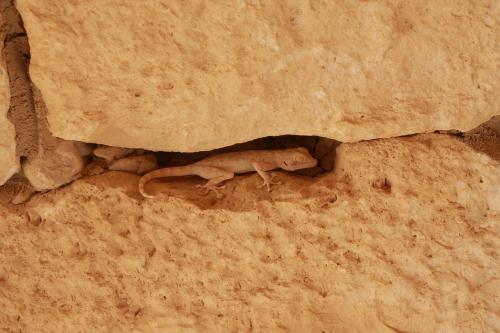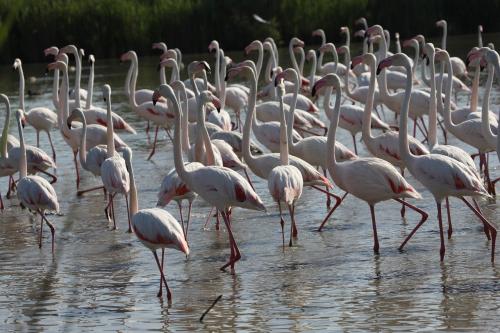Nature of Israel
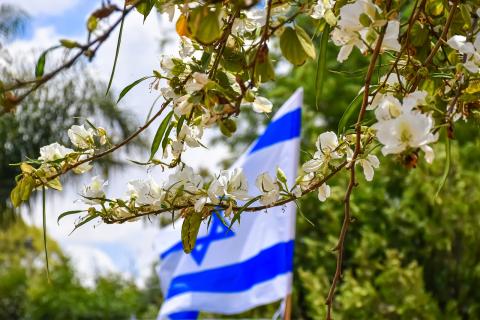
Israel is the country in south-western Asia. It is washed by the Mediterranean Sea from west. Also it has narrow coast at Gulf of Aqaba (the Red Sea). In terms of relief the country is divided into four parts: coastal plain, mountains and hells of Galilee, Jordan valley and the Negev Plateau.
In general climate of Israel is considered as humid Mediterranean, though closeness of the sea from west, vast desert on south and several mountain ranges create variety of zones with different microclimates. For instance, Galilee receives 1080 mm (42.5”) of average annual precipitation while neighborhood of Eilat has only 20 mm (0.7”). Temperature varies as well, especially in winter.
Places in Israel
Nature of Israel seems to be humble, but actually there are plenty exciting geological formations, life forms and other natural wonders.
“Coral Coast” Reserve
One of the most vivid natural attractions of Israel is hidden under water of the Red Sea near Eilat. The reef is stretched for 1200 meters (3940 ft.) and consists of two ranges. On southern side there is great spot for diving. Locals call it “Japaneese Gardens”.
Timna Valley
Timna Valley with its peculiar rock formations is situated in 30 km (18 mi.) to north from the city of Eilat. The region is rich in copper ore, so there are lots of traces of ancient copper mining, several worship sites and exciting geological formations known as Solomon's Pillars.
The Judaean Desert
Unlike most of deserts the Judaean Desert isn’t yellow, white or red. Instead it has shades of brown and beige colors. Gentle slopes of hills and mountains are running down to coasts of the Dead Sea in south and rising to Jerusalem on west. When the capital of the country receives rain, thousands of rumbly streams are changing face of the desert.
Ein Gedi Oasis
There’s beutifull cradle of life in the middle of the Judaean Desert. Ein Gedi oasis is also the national reserve. The location formed around spring of crystal clear water. This outlet of ground waters passes through thick limestone and erupts as source of life for local plants and animals.
The Dead Sea
The Dead Sea is one of most peculiar bodies of water on the planet. It is extremely salty and lies at 430 m below sea level. The water is so salty that there’s almost no life in it except some unicellular algae and bacteria. Moreover density of the water is higher than density of human body, so people are floating on its surface.
Flora of Israel
(Urban plants in Jerusalem, train station)
Due to national program f restoration of forests total area of green plantations grows each year. Israel is located of border of three continents and such location results in unique Flora. There are around 2500 species of plants 250 of which are endemic. Those are pretty impressive numbers considering that 60% of country’s territory is desert and 25% more is rocky hills.
(Forest landscape)
In forests and groves of Galilee there are:
- Snowbell trees.
- Mount Tabor Oaks.
- Allepo Pines.
- Carob trees.
- Lentisks.
- Hawthorns.
- Pistacia trees.
- Olive trees.
(Cyclamen)
Almost same set of trees spreads on maquis shrublands. Regions with more precipitation also have oaks, bay laurels, arbutus, Judas-tree, oriental planes and maples. Most common grassy plants are mugwort, wormwood, sagebush, rock-roses, thyme and burnet.
Fauna of Israel
(Mountain goat)
In Israel there are over 100 species of mammals, almost same amount of reptiles and over 500 species of birds. Variety of wildlife of the country forms due to location between Eurasia and Africa as well as variety of climatic zones and influence of human activity. Biodiversity of Israel is quite impressive for there is as much animals as in California that is 20 times bigger.
(Desert antelope)
There are populations of following mammals in Israel:
- Common desert hedgehog.
- European and desert foxes.
- Mediterranean horseshoe bats.
- Indian crested porcupines.
- Arabian oryx.
- Mt Hermon mice.
- Asian garden dormice
- European otters.
(Lizard)
Reptiles are represented by: Caspian turtles, Be'er Sheba fringe fingered lizard, African softshell turtles and Balkan emerald lizards. In addition there are 11 species of amphibians including eastern spadefoot, Hula painted frog and Near Eastern fire salamander.
(Lake with Flamingos)
Among 500 spices of local birds there are: little grebe, yelkouan shearwater, pygmy cormorant, cattle egret, common snipe, parasitic jaeger, little owl and great grey shrike.
 Seasons of the Year
Seasons of the Year 